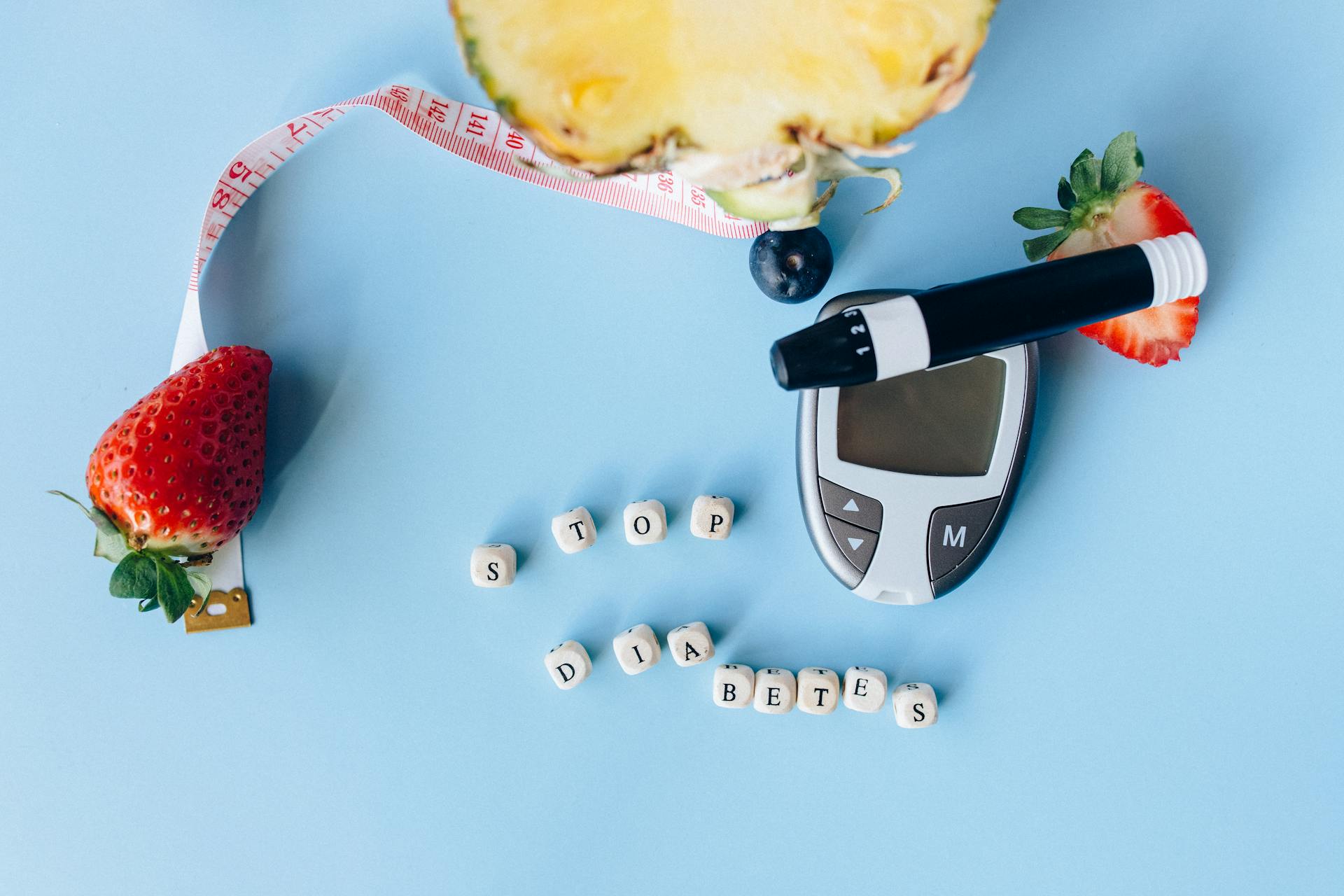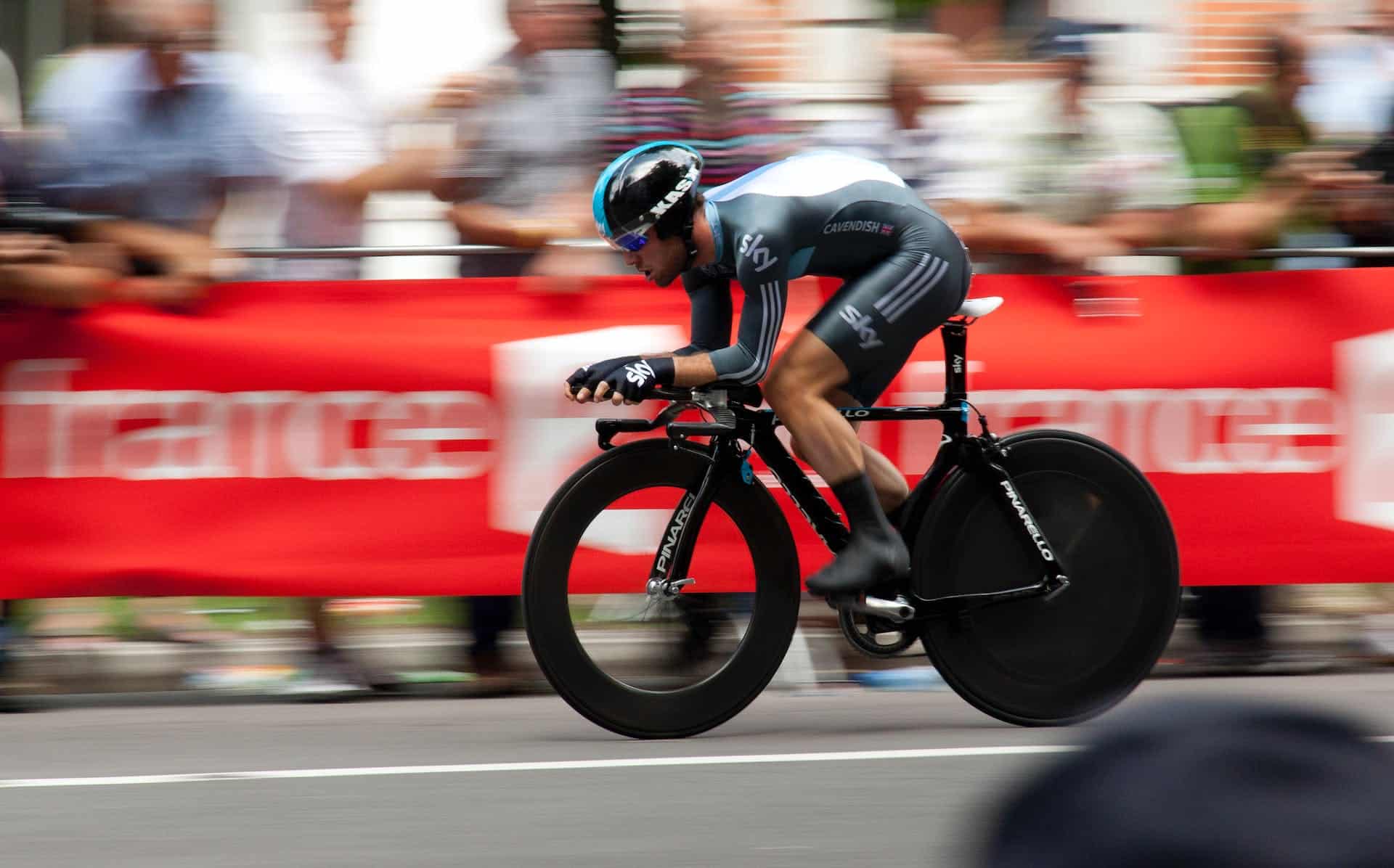D’OXYVA® is a transdermal CO2 delivery system shown to produce higher oxygen unloading by hemoglobin1, thereby increasing oxygen-rich blood flow in the local microcirculatory system, which in turn leads to better blood perfusion and tissue oxygenation. Among its other health benefits, D’OXYVA® has been also validated as a successful means of improving the autonomic nervous system.
D’OXYVA® uses vaporized ultra-purified carbon dioxide to improve the body’s self-healing functions. It delivers this non-toxic compound via a non-invasive skin-delivery method, which has been shown to be more effective and safer than inhalation, a routine delivery method in hospital settings. The FDA-approved medical CO2 gets mixed with water inside the device, producing an active solution of supersaturated CO2 and water (H2O) vapor that improves skin microcirculation and/or blood circulation after dissolving into the skin2.
Good blood circulation has many important health benefits. Among the most prominent is the optimal oxygenation of bodily tissues and organs, which allows for efficient functioning of the heart, lungs and muscles. Active blood circulation also improves the immune response against disease by allowing the better transportation of white blood cells throughout the body. Furthermore, proper blood circulation improves cellular detoxification, while waste removal becomes more efficient3.
HRV4 is the variation in the time interval between consecutive heartbeats in milliseconds. It is highly influenced by hormones, metabolic and cognitive processes, exercise and stress5. A healthy heart can be identified via its HRV since it would show a constant variation between heartbeats. Therefore, HRV is an excellent measure of overall health and fitness status6.
YOU MAY ALSO LIKE:
- Apple Watch 4 can detect D’OXYVA’s benefits
- Researchers Identify Underlying Main Causes of Brain Damage, Dementia and Potential Breakthrough Solution (Part I)
- Award-winning documentary hosted by actor Dennis Quaid invites Circularity to talk about D’OXYVA
HRV is regulated by the autonomous nervous system (ANS), by both its sympathetic (SYM) and parasympathetic (VAG) branches, and is accepted as a non-invasive marker of ANS activity7. Therefore, HRV is an interesting and noninvasive way to identify ANS imbalances. If a person is in a fight-or-flight mode, which is dominated by the sympathetic system, the variation between heartbeats will be low. If one is in a more relaxed state, this variation will be high. That is to say, the healthier the ANS, the higher the HRV, and the faster one can adapt his or her heartbeat to the circumstances, leading to more resilience and flexibility, higher stress resistance and better cardiovascular health8. HRV can also be used as a means to inform people about their lifestyle and motivate those who are considering doing something else to become healthier. HRV is typically higher when the heart is beating slowly, and lower when the heart starts to beat faster, such as during stress or exercise. The HRV naturally changes on a daily basis, based on activity and stress levels, but in chronically stressed people, the natural interplay between the two subsystems can be altered, and the body can be stuck in a sympathetically dominant fight state, with low HRV and high stress hormone levels, even at rest8.
To check HRV, the standard is to analyze a long strip of an electrocardiogram (ECG). The time between beats is called the R-R interval and is measured in milliseconds (ms). There are many ways to measure HRV, but one of the most common is the standard deviation of normal to normal R-R intervals (SDNN). Some studies have found that in 24-hour monitoring testing, SDNN values under 50 ms are considered unhealthy, between 50-100 ms may indicate compromised health, and above 100 ms are healthy9. But exactly what these measurements indicate will vary from person to person because of their high dependency on age, gender, fitness level, medical history and genetics10.
Improving your HRV has a number of proven health benefits, including a decreased risk of cardiovascular disease11, enhanced cognitive performance and creativity12, a potentially decreased risk for Alzheimer’s13 and improved anxiety levels14. Moreover, athletes can benefit from HRV by it enhancing their athletic performance and as an indicator of the need to adjust one’s training intensity15.
That is why we chose HRV as a proxy to characterize the effects of D’OXYVA® on overall health and fitness in normal subjects. D’OXYVA®—a clinically proven16 method to improve on many health conditions, from diabetic foot ulcer improvement to pain management—was the focus of a preliminary clinical study to assess respiratory function, HRV and related autonomous system function in 13 patients (10 men, 3 women), aged 32 years, on average (32.5±12.7), with a mean height of 169±7.3 centimeters and a mean weight of 65.9±10.1 kilograms. Importantly, to be recruited for the study, the patients could not have a previous history of cardiac or respiratory disease.

The effects of D’OXYVA® were measured at several intervals after application (first after 5 minutes, then after 30 minutes and one last time an hour after CO2 application) and compared to a baseline recording. Among the recorded values were some related to respiratory function (like oxygen saturation, SpO2 and CO2 pressure and ETCO2), heart function (heart rate, RRIV and SDNN) and autonomous nervous system function (parasympathetic function VAG, sympathetic function SYM and balance ASN).
The data gathered after D’OXYVA® application showed improved blood oxygenation just 30 minutes after treatment, which was more or less maintained up to an hour after treatment. Conversely, the CO2 pressure was greatly diminished at a half hour after treatment, which is inversely correlated with the improved blood oxygenation observed at that time point. Naturally, the later small decrease in SpO2 is also reflected in the

Secondly, heart function analysis showed a decreased heart rate just 5 minutes after D’OXYVA® treatment. This slight decrease in heart rate was correlated with a large decrease in normal pitch change in R-R (RRIV), which was maintained for the entire recording period and up to an hour afterward. The NN spacing standard deviation (SDNN) was not affected by the intervention, which is an indicator of the good health status of the patients included in the study.

Lastly, a range of parameters related to AN) function were examined. These included SYM and VAG function, their relative balance of activity as well as overall autonomous system function and ANS age, which is related to biological age and acts as a proxy for premature aging in the nervous system. Sympathetic function experienced a stark decrease after D’OXYVA® application, whereas parasympathetic function slightly increased over time after the treatment. The balance between SYM and VAG was mainly driven by the change in SYM and therefore followed the same dynamic.

The plot of modulation of sympathetic function shows effective SYM self-regulation, with small variations after treatment. General ANS function improved half an hour after application, whereas ANS age marginally improved after treatment, starting just 5 minutes after treatment.

In summary, the results after a single application of D’OXYVA®-mediated transdermal CO2 delivery showed increased oxygen concentration and lower carbon dioxide concentration in the blood just 30 minutes after treatment, which may persist over 60 minutes. As for heart function, a tendency was observed toward decreased RRIV and stabilization of overly high HRV, which would point to a reduction in risk of cardiac arrhythmia. The analysis of autonomous nervous system function showed a balanced sympathetic and parasympathetic tone, probably due to parasympathetic effects.
All in all, the results of this preliminary study vouch for the positive influence of D’OXYVA®-mediated transdermal CO2 delivery on blood oxygenation, heart function and autonomous system function, thereby displaying the beneficial effects of D’OXYVA® on overall health function and further supporting its use as a stress-free, complication-free, complementary method for improving HRV. Regular use of D’OXYVA®, in combination with a Mediterranean diet, good sleep, cold showers and/or deep breathing exercise like yoga17, can drive a maintained, noticeable improvement in HRV and consequently in overall health and fitness status. Especially for people under stressful life conditions or those enduring strong exercise routines, like professional sportsmen and women, D’OXYVA® offers an extra boost to their overall health by increasing their HRV values.
Bibliography
- Rogers, L. C., Muller-Delp, J. M. & Mudde, T. A. Transdermal delivery of carbon dioxide boosts microcirculation in subjects with and without diabetes. Information summary for healthcare professionals. Circulatory Healthcare Inc.
- Introducing D’OXYVA – What is D’OXYVA? D’OXYVA https://doxyva.com/about-doxyva/.
- Good Blood Circulation, Why Is It So Important? D’OXYVA https://doxyva.com/2019/11/02/why-good-blood-circulation-is-important-for-overall-health/ (2019).
- Heart rate variability. Wikipedia (2020).
- Kim, H.-G., Cheon, E.-J., Bai, D.-S., Lee, Y. H. & Koo, B.-H. Stress and Heart Rate Variability: A Meta-Analysis and Review of the Literature. Psychiatry Investig. 15, 235–245 (2018).
- What is Heart Rate Variability (HRV) & why does it matter? | Firstbeat Blog. Firstbeat https://www.firstbeat.com/en/blog/what-is-heart-rate-variability-hrv/.
- Ernst, G. Heart-Rate Variability—More than Heart Beats? Front. Public Health 5, (2017).
- MD, M. C. Heart rate variability: A new way to track well-being. Harvard Health Blog https://www.health.harvard.edu/blog/heart-rate-variability-new-way-track-well-2017112212789 (2017).
- Shaffer, F. & Ginsberg, J. P. An Overview of Heart Rate Variability Metrics and Norms. Front. Public Health 5, (2017).
- Short-Term Heart Rate Variability—Influence of Gender and Age in Healthy Subjects. https://journals.plos.org/plosone/article?id=10.1371/journal.pone.0118308.
- Blumenthal, J. A. et al. Effects of Exercise and Stress Management Training on Markers of Cardiovascular Risk in Patients With Ischemic Heart Disease: A Randomized Controlled Trial. JAMA 293, 1626–1634 (2005).
- Gruzelier, J. H., Thompson, T., Redding, E., Brandt, R. & Steffert, T. Application of alpha/theta neurofeedback and heart rate variability training to young contemporary dancers: state anxiety and creativity. Int. J. Psychophysiol. Off. J. Int. Organ. Psychophysiol. 93, 105–111 (2014).
- [Heart and brain — the influence of psychiatric disorders and their therapy on the heart rate variability] – Abstract – Europe PMC. http://europepmc.org/article/MED/15806437.
- Lee, J., Kim, J. K. & Wachholtz, A. The benefit of heart rate variability biofeedback and relaxation training in reducing trait anxiety. Hanguk Simni Hakhoe Chi Kongang Korean J. Health Psychol. 20, 391–408 (2015).
- Paul, M., Garg, K. & Singh Sandhu, J. Role of Biofeedback in Optimizing Psychomotor Performance in Sports. Asian J. Sports Med. 3, 29–40 (2012).
- 5 ways to improve your Heart Rate Variability (HRV). Myithlete https://www.myithlete.com/improve-heart-rate-variability-hrv/ (2019).







